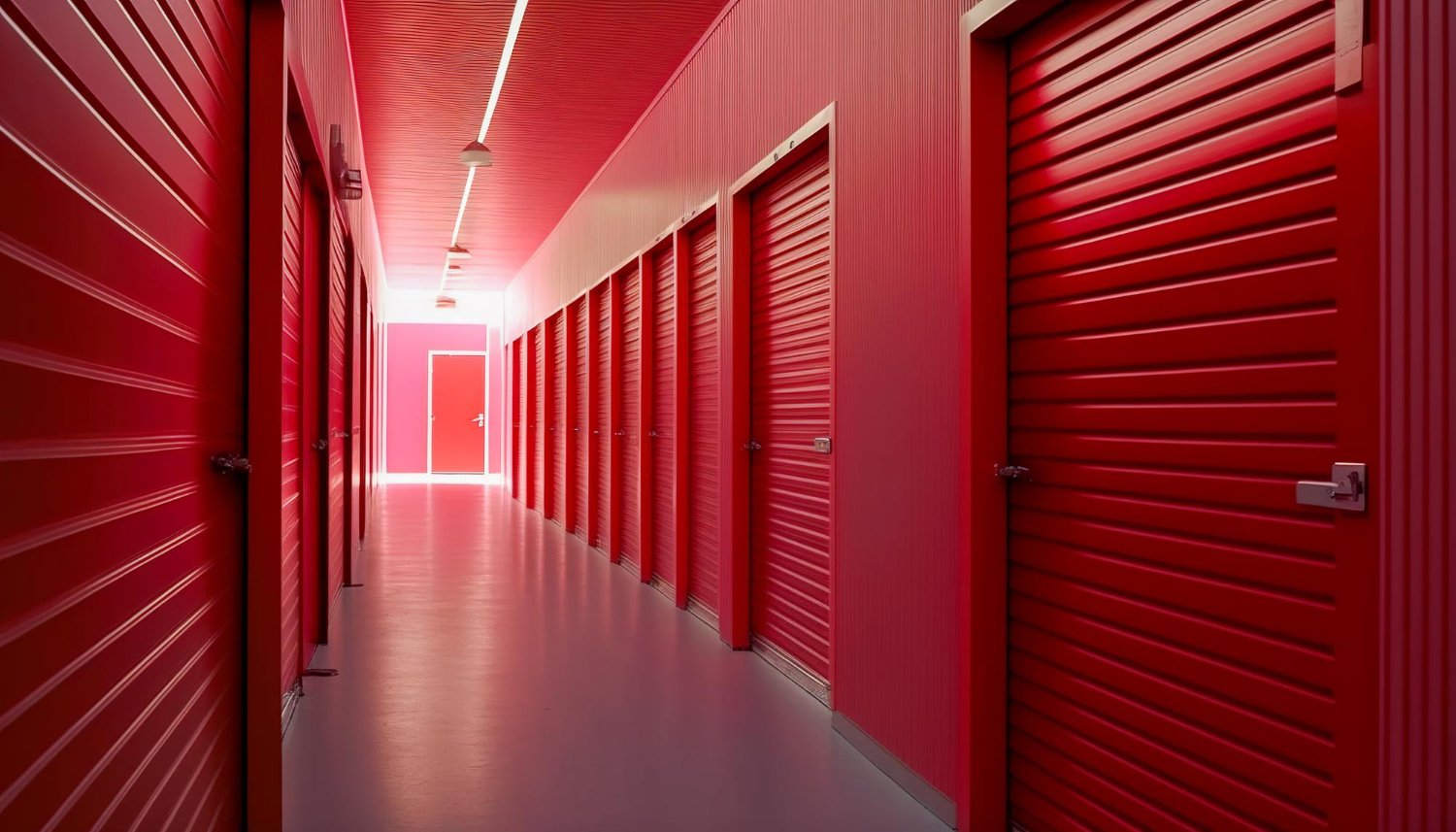
Elevating Efficiency and Security: A Comprehensive Guide to Commercial Roll-Up Doors
In the dynamic world of commercial and industrial settings, the choice of entry points can significantly impact efficiency, security, and overall operational success. Commercial Roll-Up Doors, with their versatile design and robust functionality, have become a staple for businesses aiming to optimize their workflow and secure valuable assets. In this comprehensive guide, we’ll delve into the myriad aspects that make Commercial Roll-Up Doors a go-to solution for a wide range of industries.
1. Tailored Solutions for Diverse Applications:
One of the standout features of Commercial Roll-Up Doors is their adaptability to various applications. From warehouses and distribution centers to retail establishments and manufacturing facilities, these doors are engineered to meet the specific needs of different industries. Their flexibility in size, materials, and operation makes them an ideal choice for businesses with diverse spatial and operational requirements.
2. High-Speed Roll-Up Doors: Revolutionizing Access Efficiency:
Efficiency is the heartbeat of any successful business. Commercial High-Speed Roll-Up Doors have redefined access efficiency in industrial environments. Engineered for rapid opening and closing, these doors minimize wait times, optimize traffic flow, and contribute to energy savings by minimizing air exchange. Whether it’s a busy loading dock or a high-traffic industrial facility, the speed and efficiency of these doors enhance overall productivity.
3. Heavy-Duty Performance for Industrial Settings:
In industrial environments where durability is paramount, Commercial Roll-Up Doors shine with their heavy-duty performance. Constructed from robust materials such as steel or aluminum, these doors are built to withstand the rigors of demanding applications. Whether facing extreme weather conditions or the continuous movement of heavy equipment, these doors provide reliable security and operational longevity.
4. Energy-Efficient Solutions for Sustainable Operations:
As sustainability becomes a key focus for businesses, Commercial Roll-Up Doors offer energy-efficient solutions. Insulated models contribute to climate control within a facility, reducing energy consumption and operational costs. By minimizing temperature fluctuations, these doors create a more comfortable and environmentally friendly workspace, aligning with modern sustainability goals.
5. Security Grille Roll-Up Doors: Balancing Security and Visibility:
In retail or commercial settings where a balance between security and visibility is crucial, Security Grille Roll-Up Doors come into play. These doors provide a secure barrier during non-business hours while allowing visibility into the establishment. Ideal for storefronts, malls, or areas where product display and security are equally important, these doors offer a perfect synergy of aesthetics and functionality.
6. Fire-Rated Roll-Up Doors: Prioritizing Safety Compliance:
Safety is non-negotiable, especially in environments where fire safety is a primary concern. Fire-Rated Roll-Up Doors are designed to meet stringent safety regulations. In the event of a fire, these doors act as a barrier, preventing the spread of flames and smoke. Investing in such doors not only ensures compliance with safety standards but also protects assets and, more importantly, lives.
Conclusion:
Commercial Roll-Up Doors stand as versatile solutions that seamlessly blend efficiency, security, and adaptability. From streamlining access in high-traffic areas to providing heavy-duty performance in industrial settings, these doors play a pivotal role in enhancing the overall operational efficiency of businesses. As industries continue to evolve, the Commercial Roll-Up Door remains a cornerstone, contributing to the success and safety of diverse commercial and industrial ventures. Whether aiming for speed, durability, energy efficiency, or a balance between security and visibility, these doors offer a tailored solution for businesses ready to elevate their operational standards.



